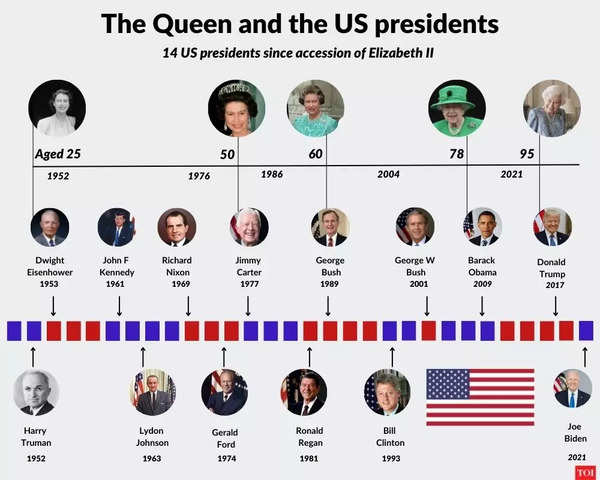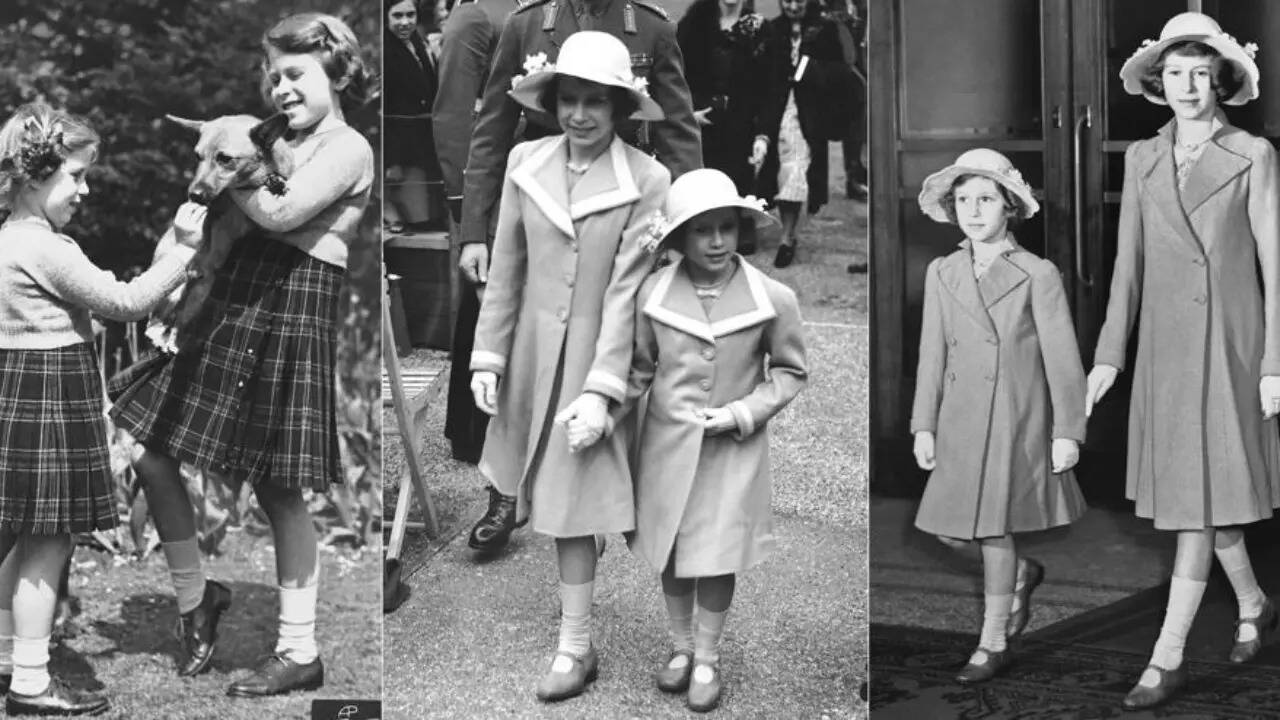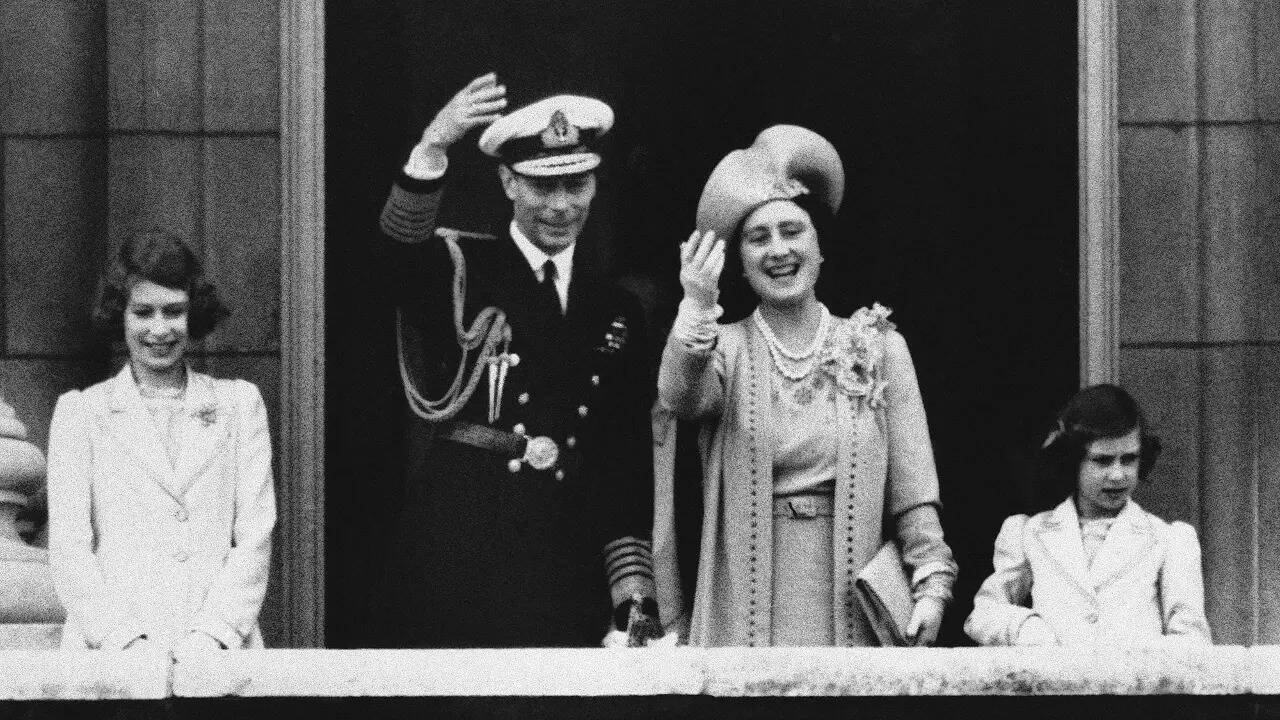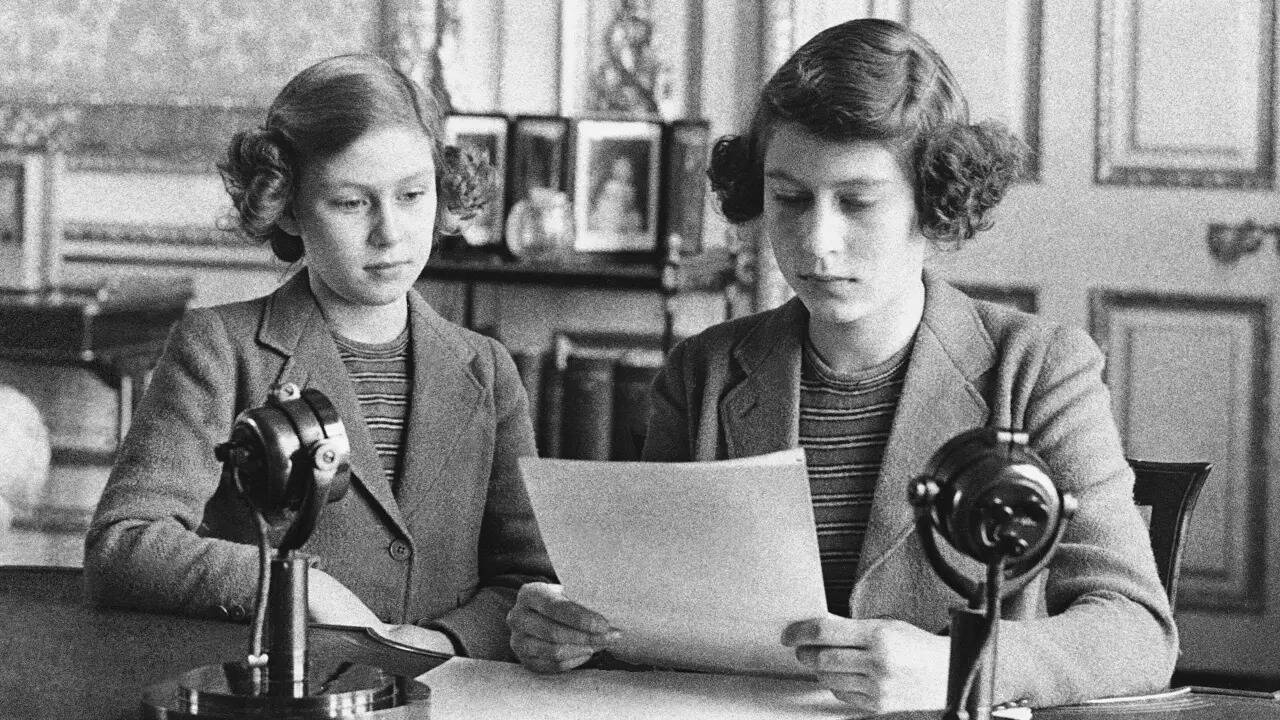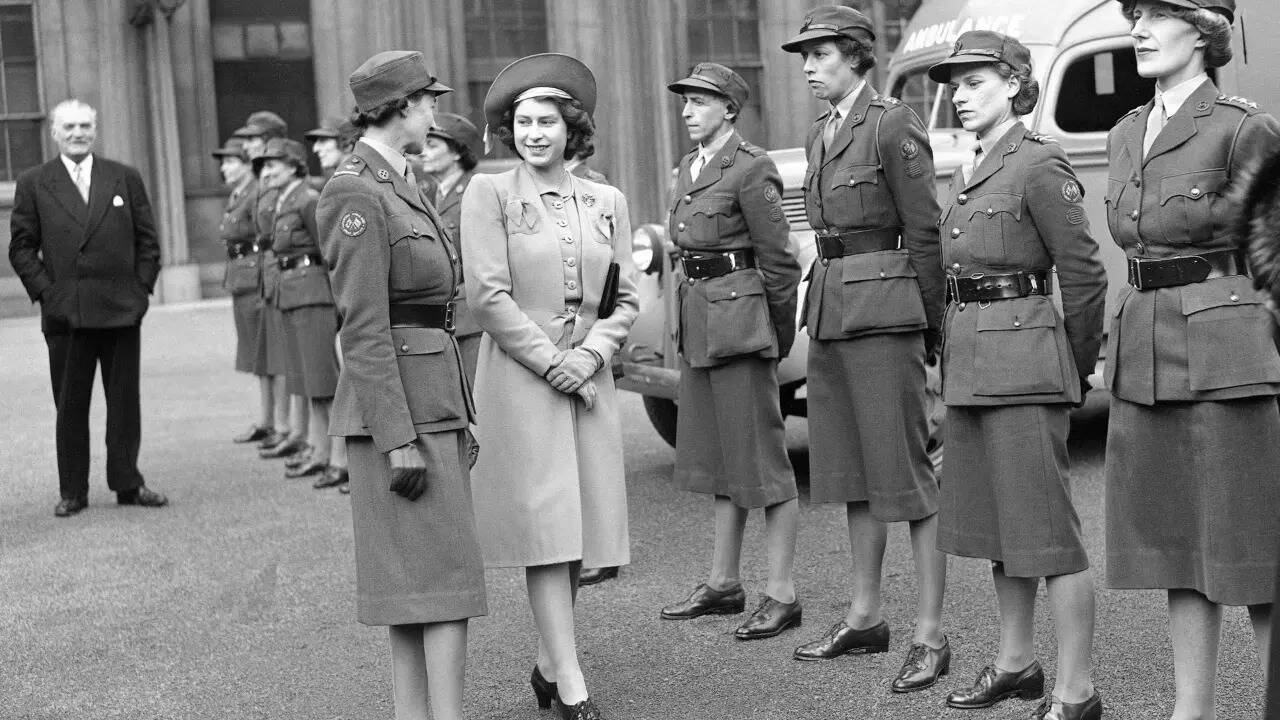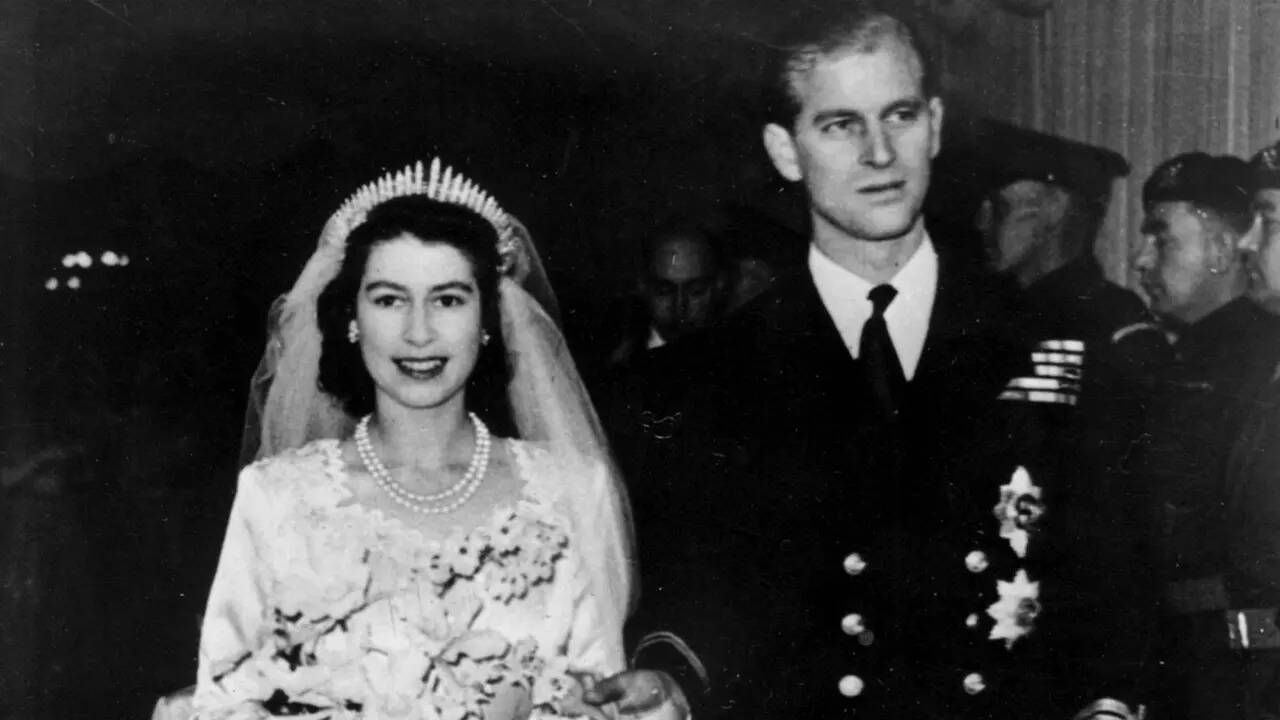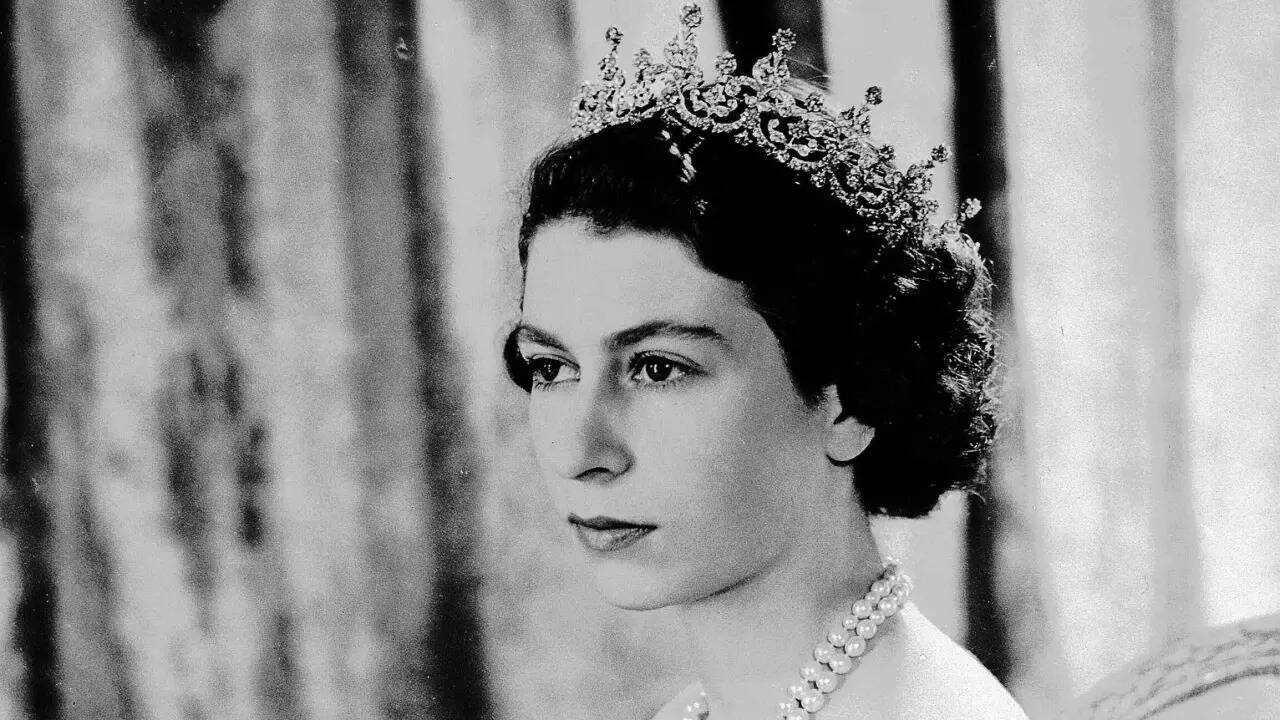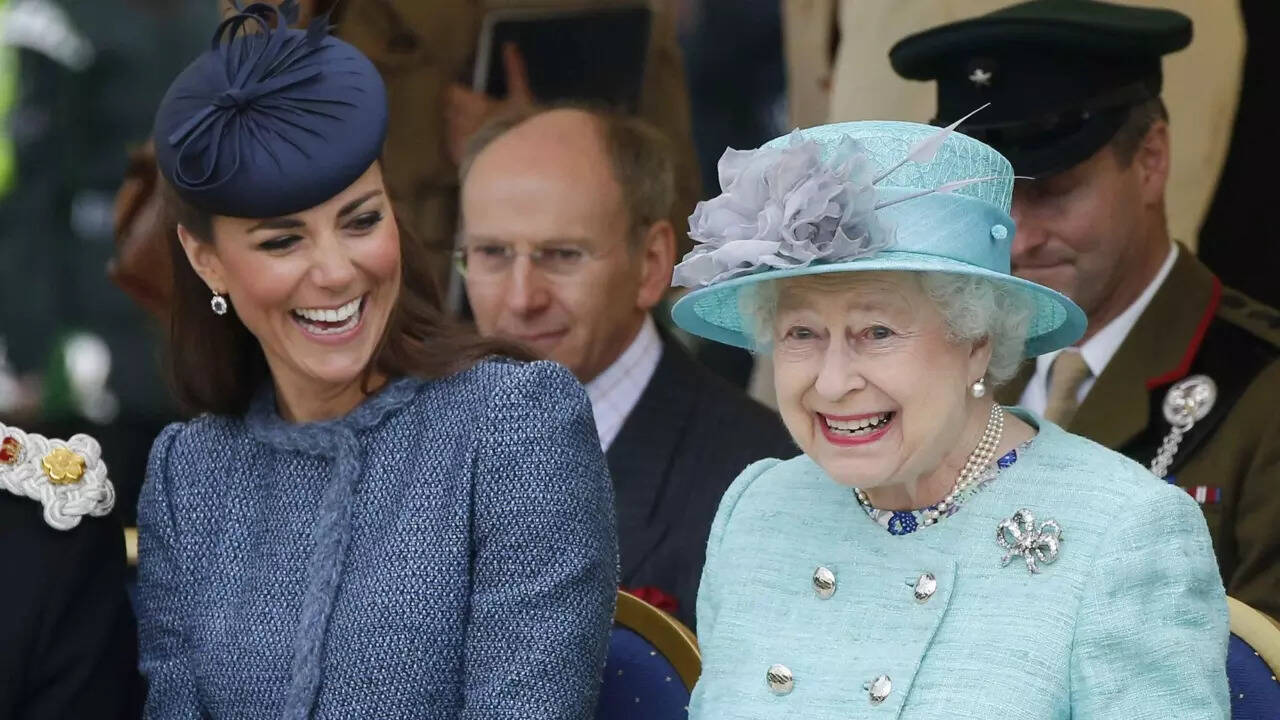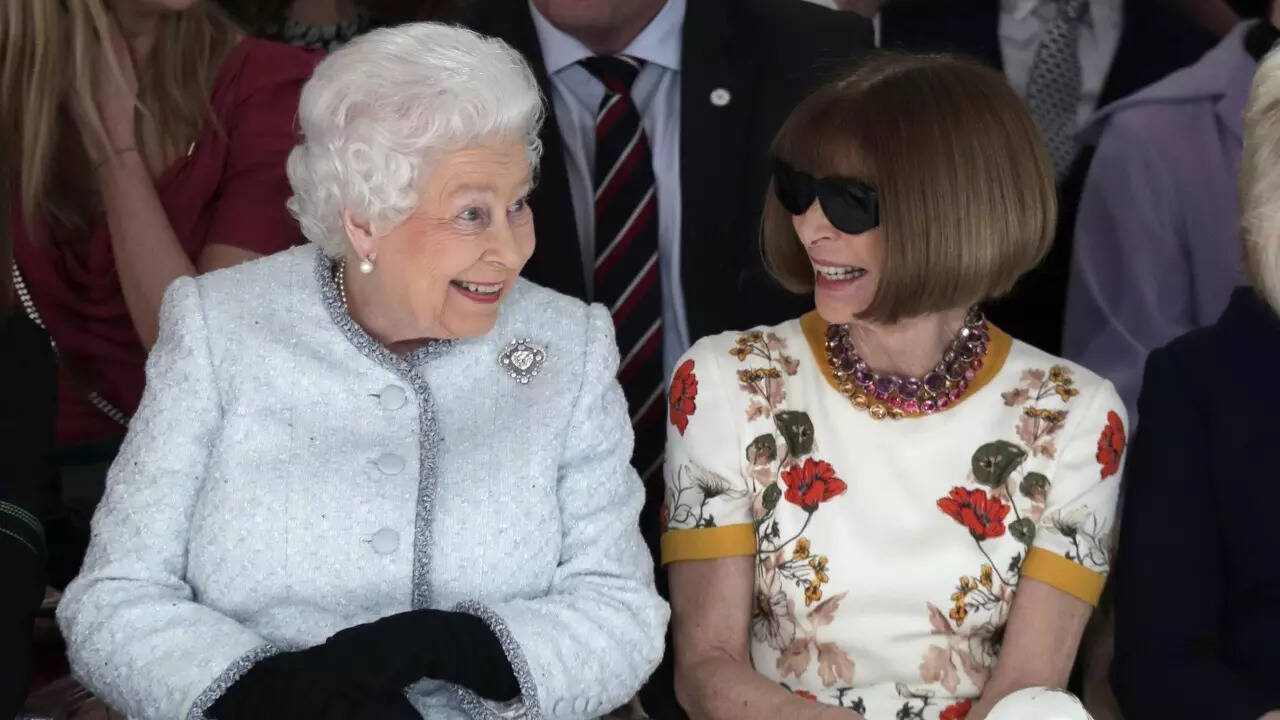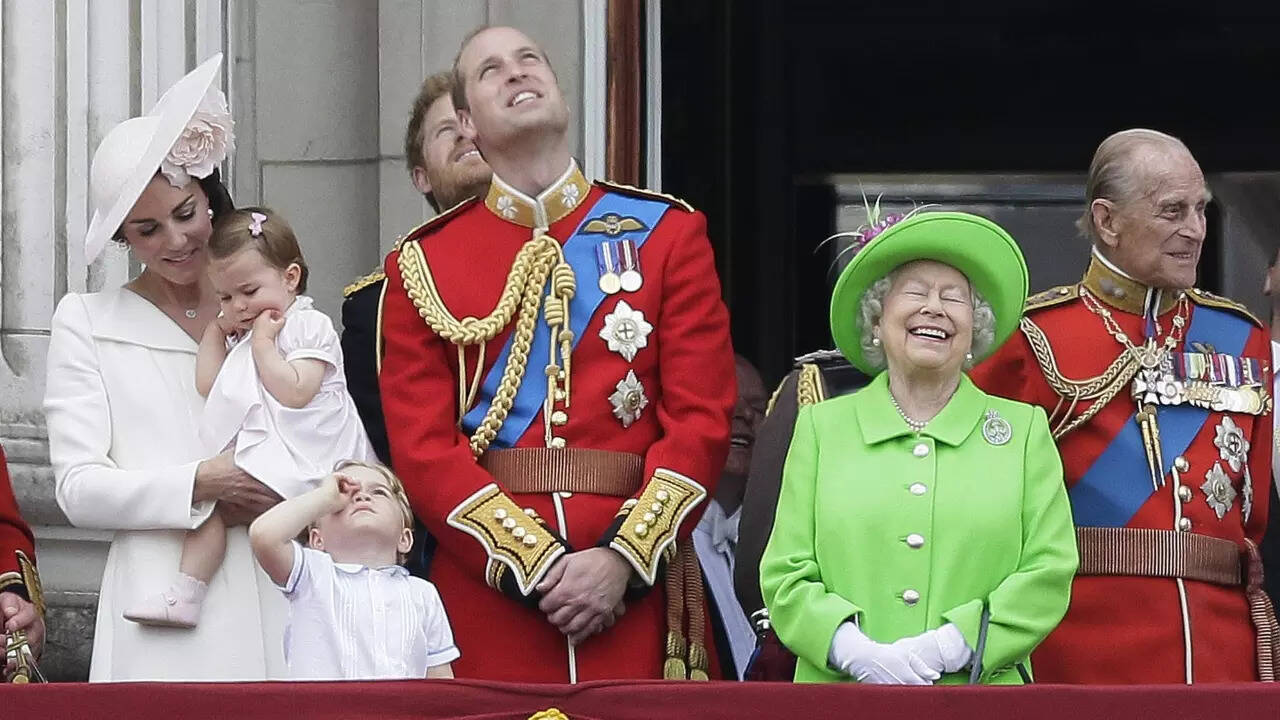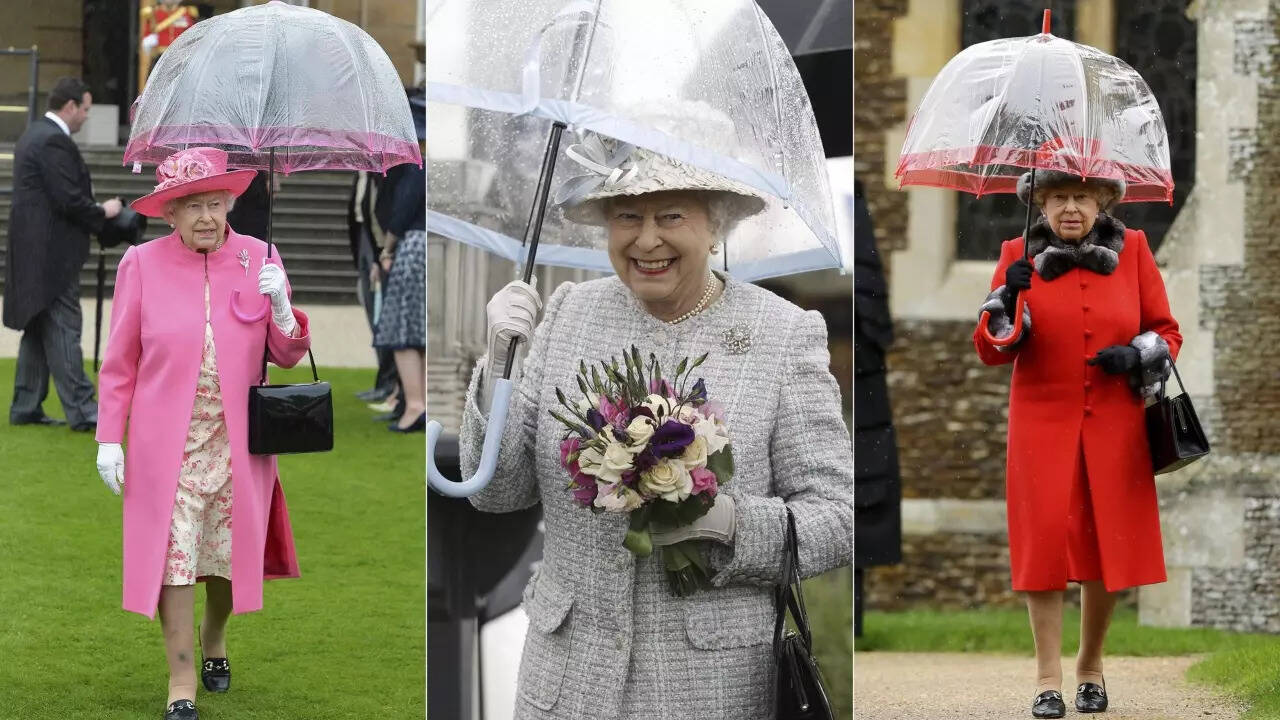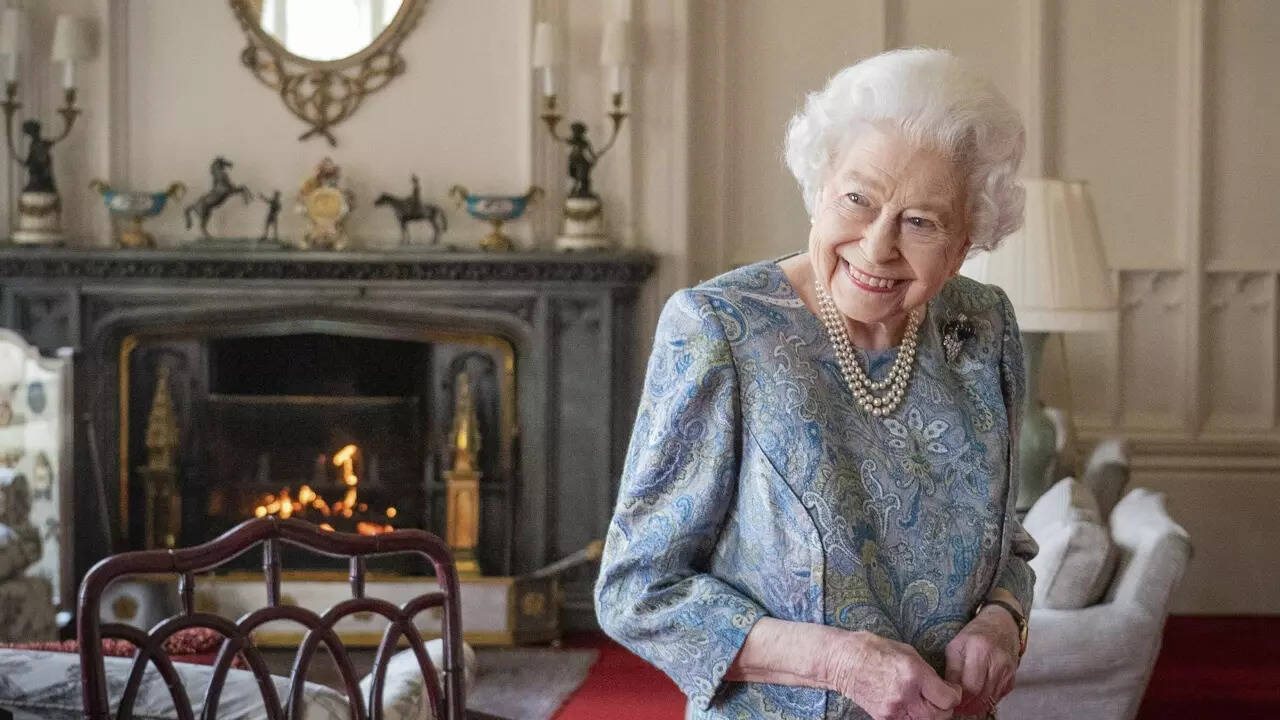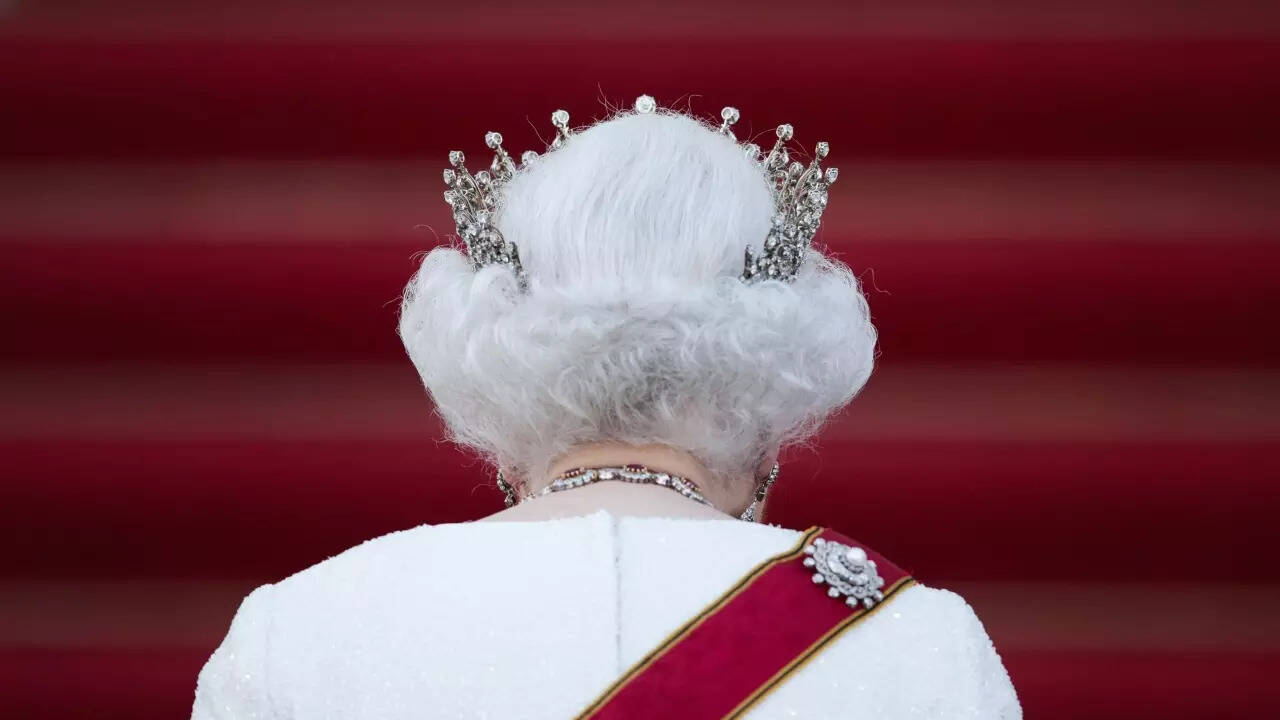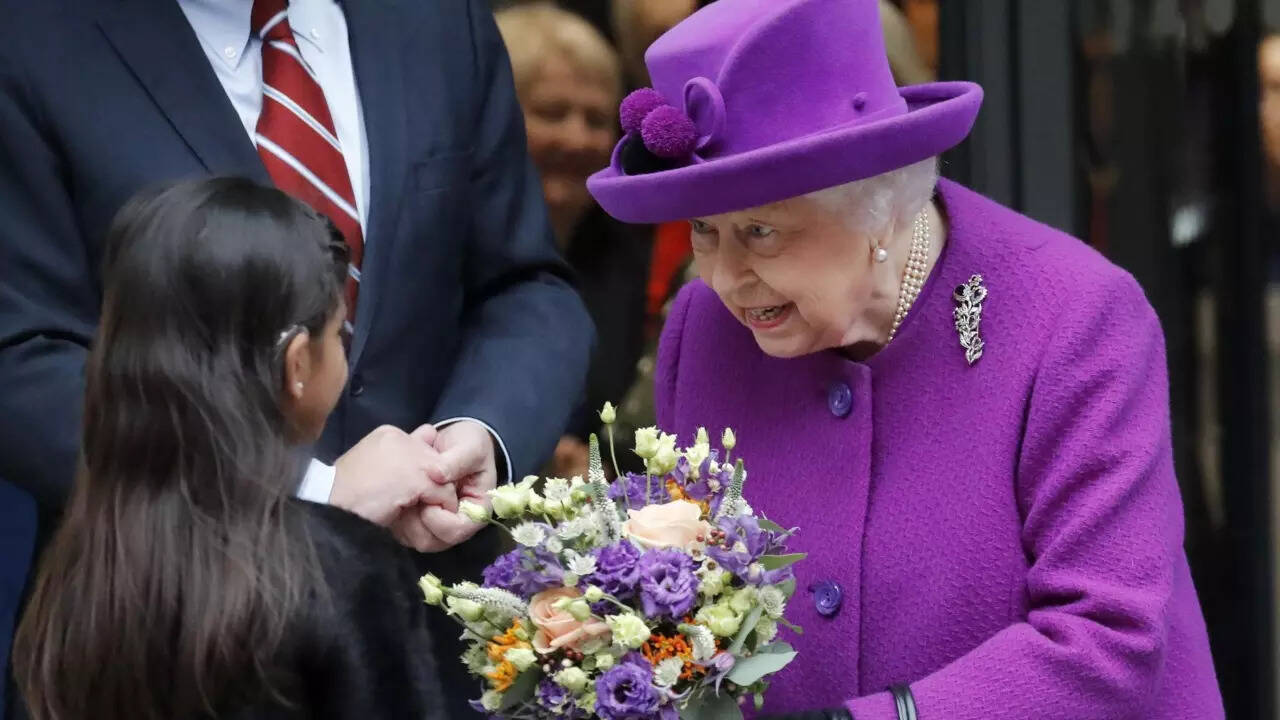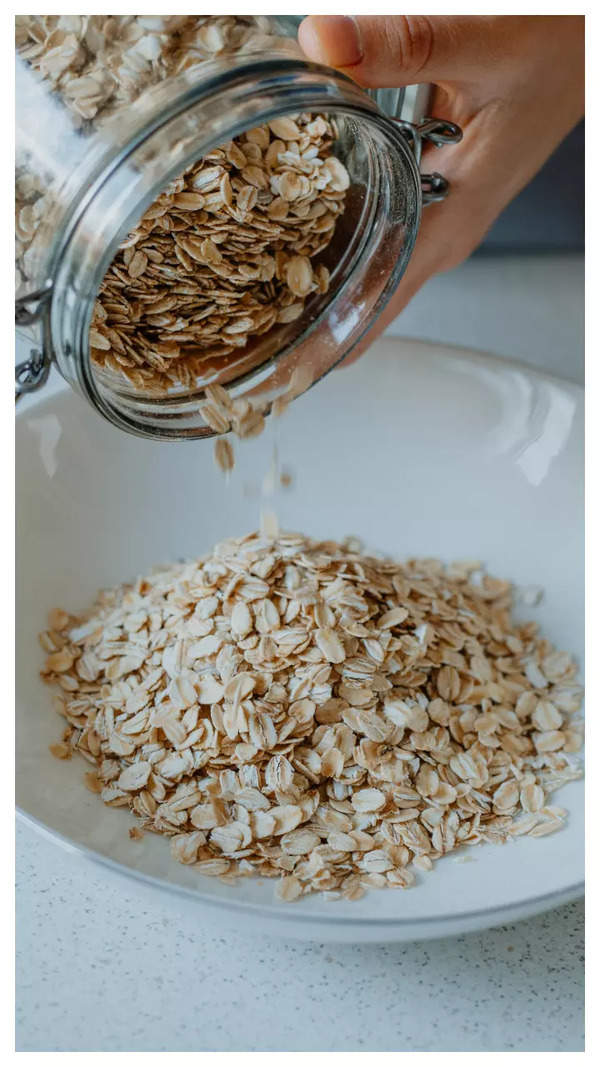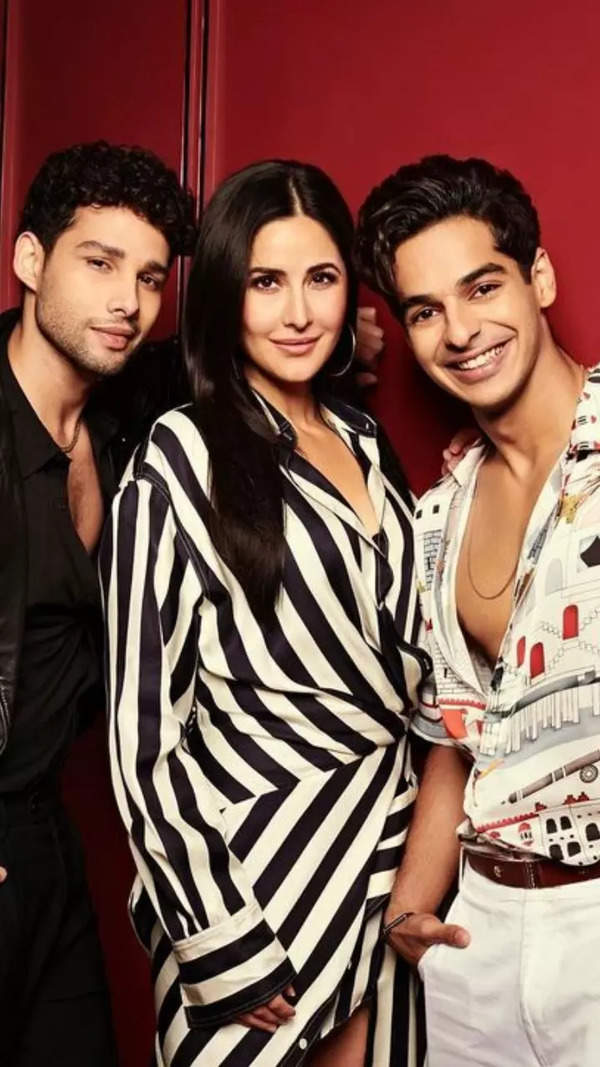NEW DELHI:
Queen Elizabeth II, the UK's longest-serving monarch, died on Thursday at Balmoral Castle in Scotland after reigning for 70 years. She was 96.
Her death brings to an end the longest reign in the history of the United Kingdom, and one of the longest rule by any head of state.
Live updates: Queen Elizabeth II passes awayBuckingham Palace said she died at Balmoral Castle, her summer residence in Scotland, where members of the royal family had rushed to her side after her health took a turn for the worse.
The
queen enjoyed robust health well into her 90s, although she used a cane in appearances after the death of Philip, her husband of 73 years, in 2021. In October, she was hospitalized for a night in London for tests, and thereafter her public appearances grew scarcer.
With the end of Queen Elizabeth's long reign, UK will enter a new era of royalty with her 73-year-old son Charles becoming the monarch.
Here are some key facts about the Queen's long reign and the legacy she has left behind ...
Click on a subheading to see or hide the content
1 - Saw 15 British PMs, 14 US Presidents
Queen Elizabeth II ascended to the throne on the death of her father on February 6, 1952, while she was in Kenya on a royal tour. She was crowned on June 2, 1953 at Westminster Abbey, the first ever coronation to be televised.
On September 9, 2015, she surpassed the 63 years, 7 months, 2 days, 16 hours and 23 minutes that her great-great-grandmother Queen Victoria spent on the throne to become the country's longest-reigning monarch in a line dating back to Norman King William the Conqueror in 1066.
When she ascended the throne, Joseph Stalin, Mao Zedong and Harry Truman were leading the Soviet Union, China and the United States, while
Winston Churchill was British prime minister.
In seven decades on the throne, Queen Elizabeth II saw 15 British prime ministers come and go, from Winston Churchill to Margaret Thatcher to Boris Johnson to Liz Truss.
During her reign, there have been 14 US presidents, all of whom she has met bar Lyndon Johnson. She also saw seven Popes during her reign.
With the death of the queen, her 73-year-old son Charles automatically becomes monarch, even though the coronation might not take place for months.
It is not known whether he will choose to call himself King Charles III or some other name.
Charles’ wife, Camilla, the Duchess of Cornwall, will be known as Queen Consort — a title that came with Queen Elizabeth II’s blessing after years of contention, dating back to the days before she even married Prince Charles.
3 - The new face of royalty
From a new face on the country's stamps and coins to new words for the national anthem, Britain will see changes with the death of Queen Elizabeth and the accession of her son Charles to the throne.
The words of the British national anthem, which in its present form dates back to the 18th century, will change from "God Save the Queen" to "God Save the King".
Newly minted and printed coins and banknotes will feature the head of the king, as the monarch's image is shown on British currency. Old coins and banknotes will remain in circulation until they are gradually replaced over time.
The Royal Cypher - the monogram used by the monarch which, currently features the queen’s "EIIR" stamp below an image of the St Edward's Crown - will change.
Senior lawyers will become King's Counsel rather than Queen's Counsel (QC) and other legal titles that use Queen will change to King.
Read moreIt is no secret that the UK's plan for the eventual death of Queen Elizabeth II was codenamed London Bridge.
But there were special provisions if the monarch died when she was in Scotland, called Operation Unicorn.
The unicorn is the national animal of Scotland and forms part of the royal coat of arms, along with the lion of England.
"If the Queen passes away in Scotland, her body will rest at Holyroodhouse, following which her coffin will be carried to the cathedral on the Royal Mile (in Edinburgh)," a report said.
Her body will then be placed on the Royal Train at Waverley station in Edinburgh for a journey down the east coast mainline to London.
Read moreQueen Elizabeth II was the first British monarch to accede to the throne after India's Independence from colonial rule in 1952 and cherished the "warmth and hospitality” she received during her three State Visits to the country over the course of her reign – in 1961, 1983 and 1997.
"The warmth and hospitality of the Indian people, and the richness and diversity of India itself have been an inspiration to all of us,” she said in one of her addresses. In 1961, the Queen and her husband, the late Prince Phillip – Duke of Edinburgh, toured Mumbai, Chennai and Kolkata – then Bombay, Madras, and Calcutta – and also visited the Taj Mahal in Agra and paid tribute to Mahatma Gandhi at Raj Ghat in New Delhi.
They were Guests of Honour at the Republic Day Parade on the invitation of the then President, Dr Rajendra Prasad, and an enduring image from the tour shows the Queen addressing a massive crowd of several thousand people packed into Ramlila Grounds in Delhi for her address, dressed in a fur coat and hat.
Read more6 - Not just queen of Britain
Elizabeth was the queen of as many as 15 realms including the United Kingdom, Australia, Canada, New Zealand, Jamaica, Antigua and Barbuda, the Bahamas, Belize, Grenada, Papua New Guinea, Solomon Islands, St Kitts and Nevis, St Lucia, St Vincent and the Grenadines, and Tuvalu.
7 - The 'ordinary' side of royalty
During her long life of public duty and protocol, Queen Elizabeth II occasionally shared in her subjects' ordinary lives — often during sneaked or staged encounters.
There are many examples of this.
As a 19-year-old princess, Elizabeth and her sister Margaret sneaked out of Buckingham Palace to celebrate the end of World War II in Europe on May 8, 1945, mingling anonymously amongst the jubilant crowd.
Queen Elizabeth entered the London Underground on six occasions, starting with a first trip in 1939.
She also popped into a McDonald's restaurant in northwest England, toured a trainer store, admitted to schoolchildren her fondness for television soap operas, and visited a pub.
Read more8 - Style shaped to suit a sovereign
Brightly coloured outfits, a matching hat and a pristine pair of gloves: Queen Elizabeth II's look was instantly recognisable and a self-created uniform styled to suit her role.
During her reign, the monarch tried out every shade in the colour chart, from canary yellow to lime green, fuchsia and navy blue.
1/14
A look at Queen Elizabeth II's style through the decades
Show Captions
<p>This combination of photos shows, from left, Princess Margaret Rose feeding a biscuit to a Pembrokeshire Corgi held by Princess Elizabeth on July 5, 1936, Princess Elizabeth and Princess Margaret Rose on June 7, 1938, and Princess Margaret Rose and Princess Elizabeth at the International Horse Show in London on June 21, 1939. The princesses often dressed alike as children and into their teens. (AP photo)</p>
<p> Britain's King George VI and Queen Elizabeth appear with their daughters Princess Elizabeth, left and Princess Margaret, on the balcony of Buckingham Palace, London, June 22, 1939. The princesses often dressed alike until their teens. (AP photo)</p>
<p>Princess Elizabeth, 14, right, appears with her sister Princess Margaret before giving her first radio broadcast in London on October 13, 1940. (AP photo)</p>
<p>Britain's Princess Elizabeth talks to an ambulance officer at a stand-down parade at Buckingham Palace in London, on October 24, 1945. (AP photo)</p><br />
<p>Britain's Princess Elizabeth leaves Westminster Abbey in London, with her husband, the Duke of Edinburgh, after their wedding ceremony on November 20, 1947. (AP photo)</p><br />
<p>Britain's Queen Elizabeth II, then Princess Elizabeth, wears a silver gown with a diamond tiara and pearl necklace, in this August 30, 1949 photo. (AP photo)</p><br />
<p>This combination of photo shows Britain's Queen Elizabeth II attending a Service of Thanksgiving to mark the Centenary of the Royal British Legion at Westminster Abbey, in London, on October 12, 2021, left, at Paddington station in London, to mark the completion of London's Crossrail project on May 17, 2022, center, and at the Birmingham 2022 Commonwealth Games Queen's Baton Relay event outside Buckingham Palace in London on October 7, 2021. (AP photo)</p>
<p>Britain's Kate, Duchess of Cambridge, left, laughs as Britain's Queen Elizabeth II gestures while they watch a children's sports event during a visit to Vernon Park in Nottingham, central England, on June 13, 2012. (AP photo)</p><br />
<p>Britain's Queen Elizabeth sits next to Vogue fashion editor Anna Wintour as they view Richard Quinn's runway show before presenting him with the inaugural Queen Elizabeth II Award for British Design in central London on February 20, 2018. (AP photo)</p><br />
<p>Britain's Queen Elizabeth II wears a bright green outfit as she appears with Prince Philip, right, Prince William, center, his son Prince George, front, and Kate, Duchess of Cambridge holding Princess Charlotte, left, on the balcony during the Trooping The Colour parade at Buckingham Palace, in London, on June 11, 2016. (AP photo)</p><br />
<p>Photos show Britain's Queen Elizabeth II under an umbrella at a garden party at Buckingham Palace in London, on May 10, 2016, left, during her visit to the 'Wild London' exhibition in Richmond, west London on May 15, 2012, center, and leaving the British royal family's traditional Christmas Day church service at St. Mary Magdalene Church in Sandringham, England on December 25, 2015. (AP photo)</p><br />
<p>Britain's Queen Elizabeth II wears a paisley print dress while receiving the President of Switzerland Ignazio Cassis and his wife Paola Cassis during an audience at Windsor Castle in Windsor, England on April 28, 2022. (AP photo)</p><br />
<p>Britain's Queen Elizabeth II arrives for an official state dinner, in front of Germany's President Joachim Gauck's residence Bellevue Palace in Berlin on June 24, 2015. (AP photo)</p>
<p>Britain's Queen Elizabeth II receives flowers as she leaves after the officially opening of the new premises of the Royal National ENT and Eastman Dental Hospitals in London, on February 19, 2020.(AP photo)</p><br />
Her inimitable style was developed over the decades by aides and designers, starting with Norman Hartnell, who created her wedding dress when she married Prince Philip in 1947.
Made from duchesse satin and decorated with crystals and 10,000 seed pearls, it was a dazzling sight for a Britain emerging from the wreckage of World War II.
Read moreQueen Elizabeth II's corgi dogs were the most loyal of all the monarch's servants, providing domestic companionship during nearly a century in the public glare.
The queen and corgis went together in the British imagination like tea and cake, giving worldwide exposure to the obscure breed, whose future is now under threat.
The little, mainly sandy-coloured dogs with pointy ears were a busy presence in the queen's court, following her from room to room in Buckingham Palace and featuring in official photos.
They were even given a starring role in the spoof James Bond clip filmed with the queen for the opening ceremony of the 2012 London Olympics.
Read moreElizabeth often gave the impression of a serious demeanor, and many have noted her “poker face,” but those who knew her described her as having a mischievous sense of humor and a talent for mimicry in private company.
Rowan Williams, the former Archbishop of Canterbury, has said the queen could be “extremely funny in private — and not everybody appreciates how funny she can be.”
Bishop Michael Mann, the monarch’s domestic chaplain, once said that “the queen imitating the Concorde landing is one of the funniest things you could see.” Ian Paisley, the Northern Irish clergyman and politician, also noted that Elizabeth was a “great mimicker” of him.
More recently, she showed her mischievous side during the Platinum Jubilee celebrations, when she starred in a comic video alongside an animated Paddington Bear and spoke of hiding marmalade sandwiches in her purse.
Here are other interesting facts about her life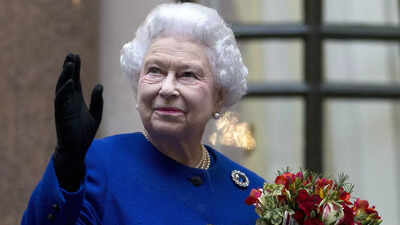
 Click on a subheading to see or hide the content
Click on a subheading to see or hide the content










 Click on a subheading to see or hide the content
Click on a subheading to see or hide the content
